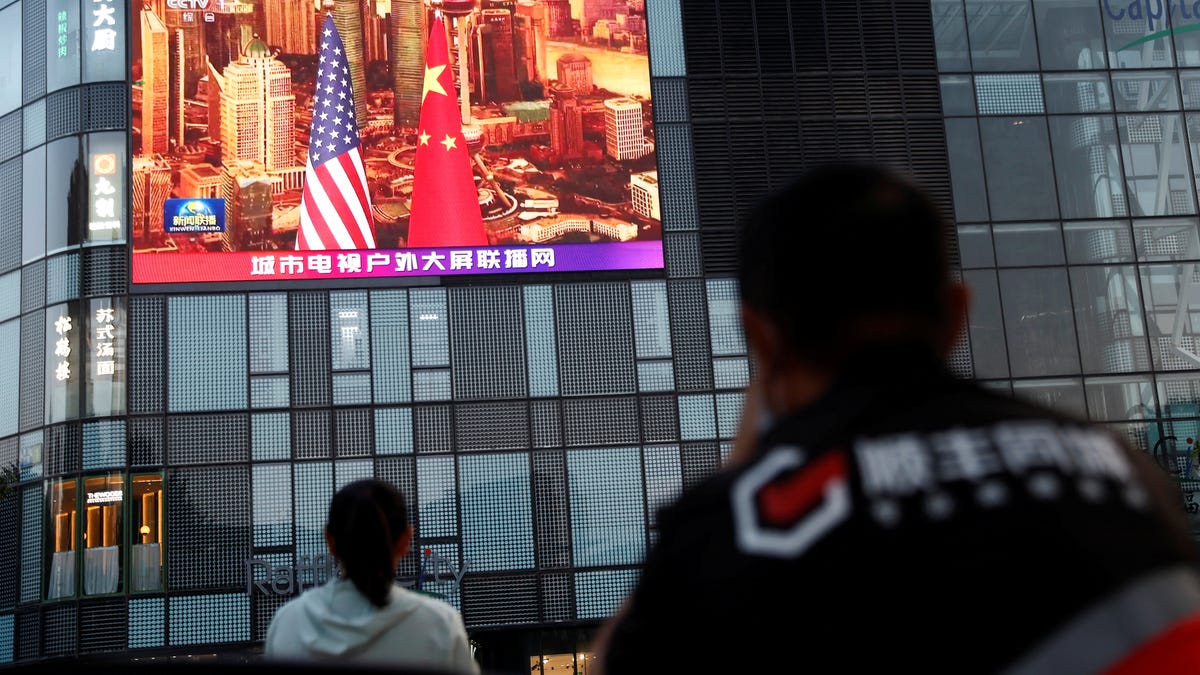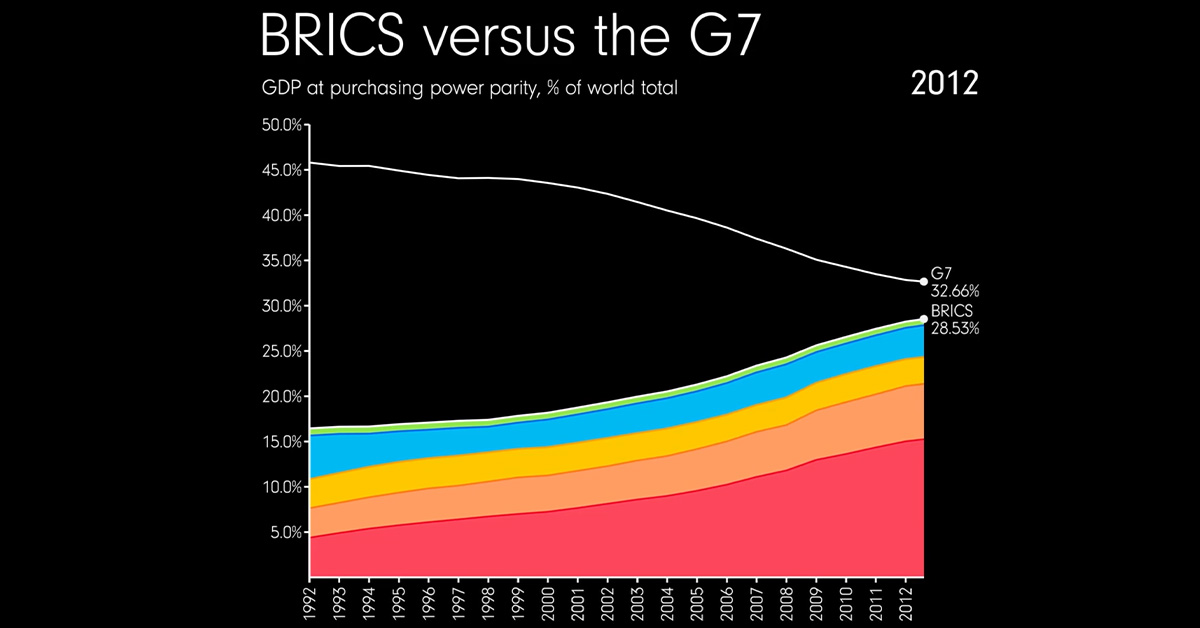- Arvind's Newsletter
- Posts
- Arvind's Newsletter- Weekend edition
Arvind's Newsletter- Weekend edition
Issue No #805
1.There appears to continued interest of foreign investors to invest in India’s semiconductor eco-system. US chipmaker Advanced Micro Devices (AMD), on Friday announced a $400 million investment to set-up its largest engineering, research and development facility globally. The investment will include a new chip engineering and design centre at Bengaluru, which will bring together 3,000 new engineering roles by 2028. Meanwhile, Anil Agarwal said that Vedanta had identified a “world class" partner for its semiconductor and display fabrication project in India and that the company is “in the process of tying up with them." Lets hope he has better success this time after the aborted Foxconn venture
2.India's GDP will nearly double in the next seven years to $6 trillion, and per capita income will increase to $4,000 by 2030, Standard Chartered Bank Research said in a report. India's GDP currently stands at about $3.5 trillion and per capita income at $2,450 during CY 2022.
While India turning into the third largest economy by the end of the decade is a known narrative, its potential transition to an upper-middle- income economy from a lower-middle- income is an under-appreciated theme, the report said.
India's drivers of growth will be consistent policy reforms, macro stability, healthy financial sector, large share of working population, digitalisation and political stability, public capex push, it added.
3.China’s reputation as a leading economic power is fast eroding, according Pew Research. Only one third of countries polled by Pew see China as the world’s top economic power.
Of 24 countries polled by the Washington, DC—based think tank, only eight countries said China is the world’s leading economic power. Among respondents in 14 countries, the US was most widely regarded as the global economic top dog. Two countries, France and the UK, had equal shares of respondents giving that title to the US and China. The survey polled over 30,000 people worldwide between February and May of this year.
China’s eroding reputation as the top economic power contrasts with Pew’s 2020 survey results, which showed that 11 out of 14 countries gave China the title.
4.Morgan Housel, who writes one of my favourite blogs Collab Fund and is author of Psychology of Money, has written a wonderful essay on how “Everything is Cyclical” in his latest post. It is long read but definitely worth reading in full so I will not provide excerpts.
5.The Financial Times editorial team, opines that it is Time to retire the ‘emerging markets’ label. Clumping the developing world together obscures economic risks and opportunities
Humans have an innate desire to sort and categorise the world around them. The economist Antoine van Agtmael is no exception. In 1981 at the World Bank, he coined the phrase “emerging markets” as a more aspirational alternative to the term “third world”. The label has since become synonymous with a hotchpotch of fast-growing nations considered to be riskier investment prospects than “developed markets”.
While it may have been a successful rebrand, for economists and investors the catchall term has become unhelpful. Emerging markets, which account for the bulk of the world’s population, are not a homogeneous group. Rather, they consist of dynamic and highly diverse countries at different stages of development — and their composition has changed vastly since the term became popular. For instance, the breakneck growth of China and India — whose contribution to global growth rose about 20 percentage points in the 2000s from the 1980s — makes them particular outliers when compared to fellow EMs.
Recent shocks have also underscored the economic diversity across EMs. On the policy front, central banks in emerging Europe and Latin America were particularly aggressive in raising interest rates to get ahead of inflation in the aftermath of the pandemic and the war in Ukraine.
Meanwhile, some EMs have prudently built up foreign currency reserves and issued more home currency debt making them less susceptible to crisis dynamics. Volatile commodity markets have also distinguished net energy exporters from importers and those with critical reserves.
And tensions between the west and China are having differing economic impacts too, depending on geography and diplomatic relations. Indeed, though trade liberalisation since the 1990s helped most EMs to take off, the next phase of globalisation, which looks to be punctuated by rising protectionism and friend-shoring, is set to have more differentiated impacts.
This variation makes the EM moniker increasingly unfit for macroeconomic and investment analysis. The broad-brush label can obscure risks and opportunities. For instance, the rising narrative around EMs’ economic resilience — with fewer than anticipated debt defaults in the aftermath of the pandemic — risks playing down the pockets of vulnerability that still exist. Turkey has a dearth of FX reserves, private sector debt servicing costs in Brazil and China are concerning, and Tunisia and Pakistan are on the brink.
Financial markets also still rely on the EM-DM dichotomy or other regional groupings. But investors will want exposure to countries likely to benefit from new trends, including the scramble for critical minerals and “China plus one” supply chain strategies. Indeed, disaggregating EM bonds, equities and alternative assets, such as infrastructure projects, on a country or thematic basis could help investors to unlock higher returns and enable developing countries to obtain more capital. For that, access to reliable country-level data will be important.
There have been numerous attempts to popularise other groupings. The Brics nations — Brazil, Russia, India, China and South Africa — are perhaps the most famous. Then there are “emerging and growth leading economies”, or Eagles. Few have proved useful, given large economic differences in terms of trade, growth and financial openness. Definitions also vary.
Investment indices focus on market access metrics, while economic bodies prefer macroeconomic thresholds. That is partly why South Korea, for example, is considered an advanced economy by the IMF yet falls under the MSCI index’s emerging markets group.
The developing world does not fall neatly into a single category. And, in a global economy hit by multiple crises and geopolitical upheaval, there are even greater upsides for economists and investors that can differentiate between them. Perhaps it is time to retire the EM label altogether.
6. Finally, an animated chart which looks at the share of G7 economies vs BRICS economies in the total world economy over the last 30 years, using GDP adjusted for Purchasing Power Parity (PPP) using international dollars.
Whereas in 1992, the BRICS share was only 16.45% and G7 was 45.80% in 2022, the BRICS share had risen to 31.67% vs 30.31% for G7. A major factor for the rise of BRICS share is the growth of China and India.
/cloudfront-us-east-2.images.arcpublishing.com/reuters/GS5DCVC5CJOG5JYF7W7TXACHA4.jpg)



